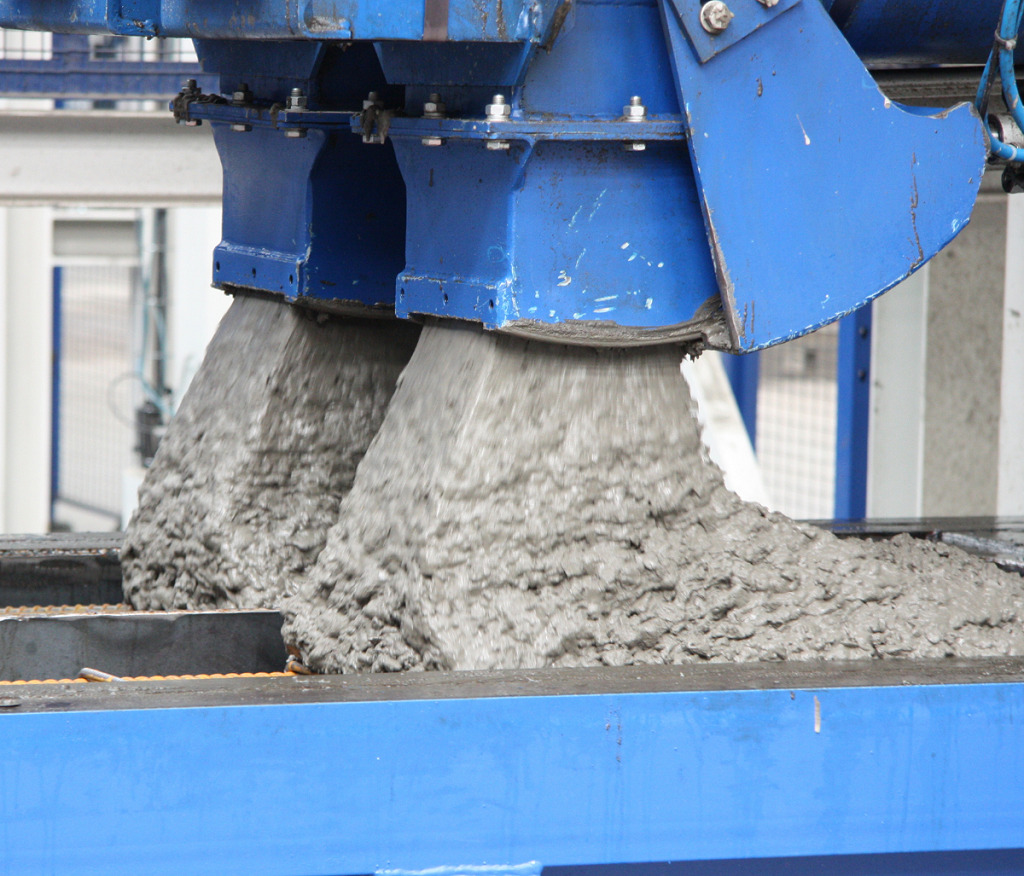NW in 2018 | E-commerce effect
The industrial market is witnessing a transformation, with significant growth in the e-commerce market meaning that consumer shopping habits are placing greater demands on the warehouse than on the high street, writes Ruth Leighton of GVA.
This step change means that returns from the industrial and logistics sector are expected to outperform office and retail over the next five years.
The transformation has happened because of changing customer expectations and evolving technology. Both individuals and companies expect to receive their goods faster, within a specific time period and, in most instances, with free delivery.
Examples of companies reacting to this change are Amazon Prime and Uber. Uber has established an UberCARGO van service in Hong Kong as well as UberRUSH, both offering express services by targeting online retailers.
As a result of this changing landscape and the speed at which technology and automation develop, the logistics sector has had to adapt and change.
Following a recent tour of an Amazon Fulfilment Depot, I witnessed how this rapid growth in the robotics market leads to structural changes within the sector, as the workforce has evolved to include more highly skilled engineers who can react to the needs of robotics and automation. To this end, Amazon is looking to install a robotic racking system at its 358,000 sq ft site at Logistic North, Bolton.
Automation is diverse. From delivery drones and container packaging to robotic handling systems, all of which are currently at the forefront of research and development. Google has already started working on a smart delivery truck with lockers inside the cargo area that customers can access, and the trucking industry is working on partially automated truck convoys.
Developers are tuned in to the increase in automation and the changing requirements from occupiers. From a construction perspective, this means that questions arise around the necessary power supply for IT and the running of handling systems. This has implications on floor loading and floorplate sizes. Bespoke mezzanine systems will often be integral with the steel frame rather than a fee-standing mezzanine. The demand for these requirements will undoubtedly increase build costs.
Direct take up by internet and courier-based operations has grown significantly over the last few years. This has been growing noticeably since 2014. In the North West, Amazon has an acquisitive year in 2016 with a total take up circa 915,000 sq ft in the region alone. These acquisitions relate to the positioning of the business and its supply chain.
We foresee the continuing expansion of the e-commerce sector and its market share increasing as the internet powers ahead. This will lead to a new generation of warehouses where the specification has been adapted from the traditional shed in order to futureproof the units.
This will mean that the units will have larger yard areas and spaces for parking, as well as the potential for an integrated mezzanine platform to be included. Unit sizes will vary from last mile facilities to 50 – 100,000 sq ft to fulfilment centres of up to 500,000 sq ft.
- Ruth Leighton is associate in GVA’s national industrial and distribution team
The North West in 2018 series features guest contributors looking ahead to next year and is published throughout December.




